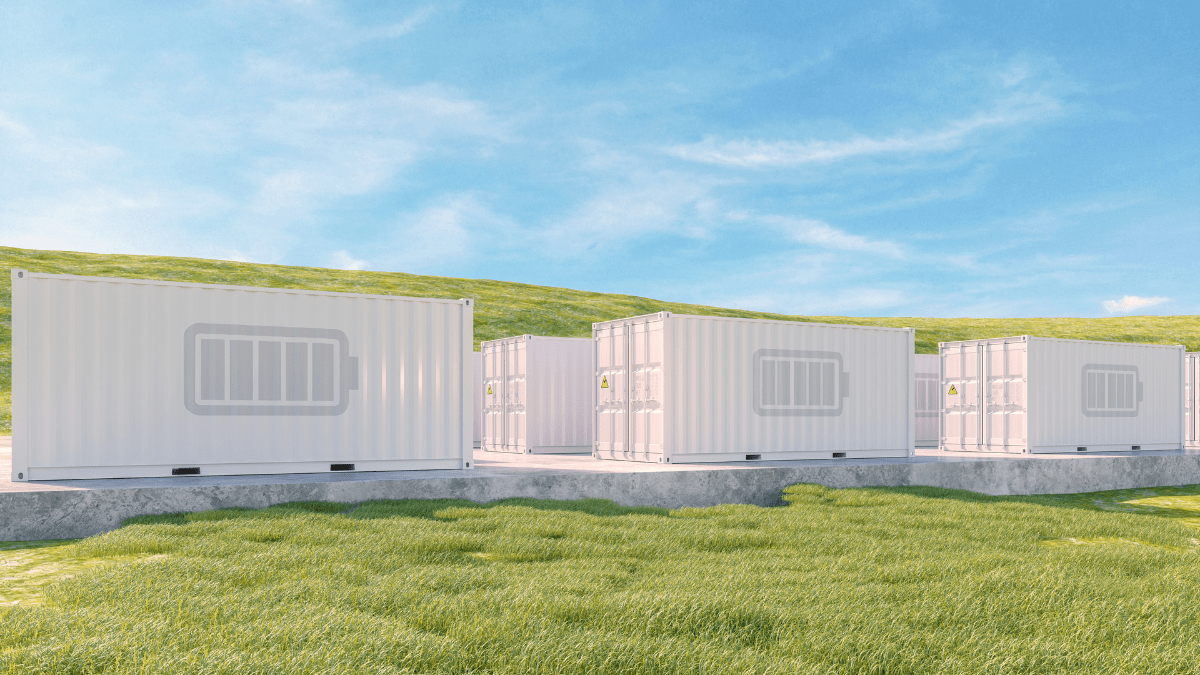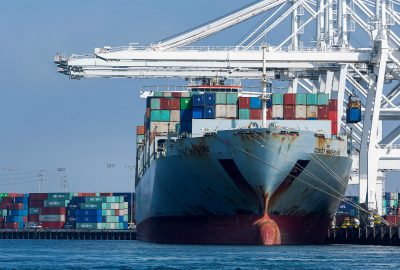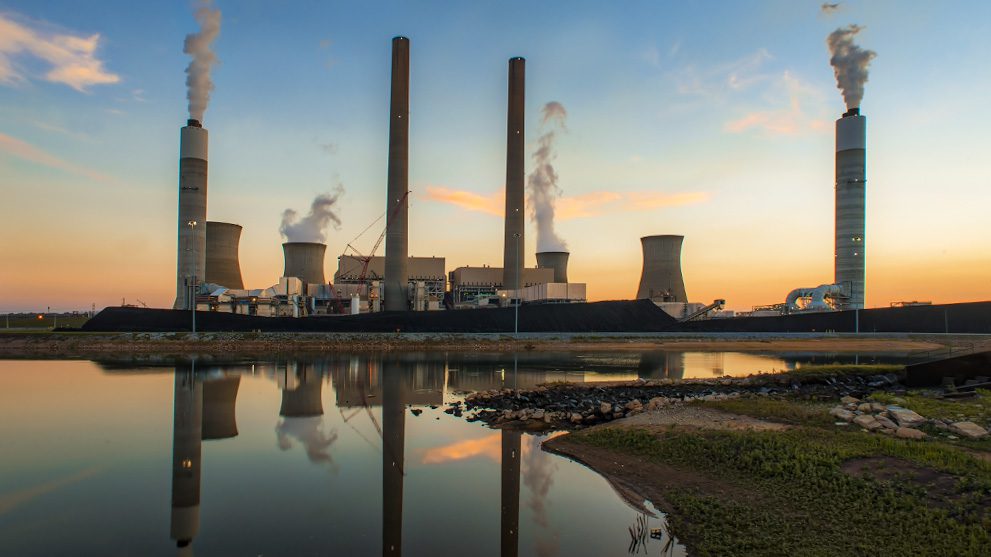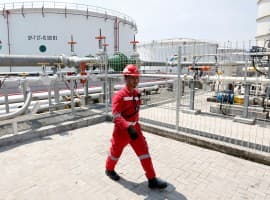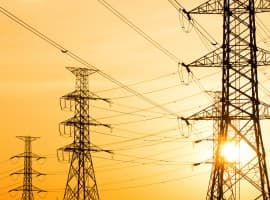- Integrated Innovation for an Intelligent Future, Accelerating PV to Become the Main Energy Source
Huawei Digital Power held the Top 10 Trends of FusionSolar Launch 2025 with the theme of “Integrated Innovation for an Intelligent Future, Accelerating PV to Become the Main Energy Source.” Steven Zhou, President of Smart PV & ESS Product Line, Huawei Digital Power, released the Top 10 Trends of FusionSolar along with a white paper, providing forward-looking support for the high-quality development of the PV and energy storage industry.
According to Steven Zhou, renewable energy policies have been favourable in 2024, and the PV and energy storage industry will maintain positive growth in 2025. Amid the global energy transition, the industry is ushering in unprecedented opportunities. As a key contributor to this transition, Huawei Digital Power predicts the top 10 future trends in industry development based on its long-term practices and in-depth insights, ranging from core technologies to scenario-based applications. Huawei Digital Power is committed to accelerating PV to become the main energy source.
Trend 1: Renewable Energy Generators Will Accelerate PV to Become the Main Energy Source
Comprehensive practices for the renewable energy generator technology have been completed in terms of theoretical research, product development, demonstration and testing, and large-scale applications. This technology is crucial to new power systems, rapidly transforming PV into the main energy source.

Trend 2: All-Scenario Grid Forming
Ubiquitous energy storage and grid-forming will ensure the long-term stability of new power systems. As an important power supply that supports the power grid, an energy storage system (ESS) plays a key role in the power generation, transmission, distribution, and consumption of a new power system. The grid-forming ESS implements stable control of the voltage, frequency, and power angle, enabling the new power system to run stably for a long time.
Trend 3: Cell-to-Grid ESS Safety
ESS safety is the foundation. A more robust safety protection system will promote the high-quality development of the industry. A high-standard protection system from battery cells to power grids is required to ensure ESS safety. The ESS should guarantee no fire propagation or explosions, as well as automatically isolate power grid faults and recover from the faults, ensuring safety and reliability throughout the lifecycle.

Trend 4: Full-Lifecycle Intelligence
Renewable power plants will run automatically throughout their lifecycle. In the future, power plants exceeding GW capacity will continue to emerge. Large-scale, harsh environments and complex operations will become key challenges. By leveraging technologies such as 5G, cloud computing, and the Internet of Things (IoT), each power plant in the future will be digitalized, achieving digital, intelligent, and unmanned management.
Trend 5: High Frequency and Density
Third-gen semiconductor and digital technologies will increase the power density of power electronic converters and enhance the quality and efficiency of PV+ESS systems. It is estimated that the power density of PV inverters and ESS power conversion systems (PCSs) will increase by more than 30% in the next three to five years, further improving the quality and efficiency of PV systems.

Trend 6: High Voltage and Reliability
High-voltage applications will reduce the LCOE of PV+ESS systems, and high-reliability design will optimize system availability and safety. The equipment’s reliability will be improved through technical innovation. The real-time monitoring of operating parameters enables the equipment to accurately detect faults and take proactive protection measures, minimizing the impact of faults. What’s more, AI-powered predictive maintenance and innovative dual-stage power architecture can implement fault warning and system protection in advance, ensuring high system reliability and supporting stable power grid operations.
Trend 7: 100% Renewable Microgrid
Economical and stable renewable microgrids will be preferred in areas with electricity shortages. The three-layer architecture featuring stable grid forming, flexible control, and intelligent scheduling, together with the rapid development and cost reduction of PV+ESS technologies, make a 100% renewable energy microgrid a reality. This enables areas with no or insufficient electricity to use electricity flexibly.
Trend 8: PV+ESS+Charger+Load Synergy
Power distribution networks will gain higher flexibility, accelerating green power deployment across industries. In the future, collaborative management of PV systems, ESSs, chargers, and loads can improve the certainty of power generation and load prediction, take advantage of the complementary effect of distributed PV and adjustable charging loads, and improve the balancing capability of the power distribution network. In this way, the supply and demand of the power grid can be balanced locally, within nearby areas, and across regions, accelerating green power deployment across industries.

Trend 9: Energy Community Sharing
Evolving from self-consumption to community sharing, green power will be better circulated and coordinated among homes. In the future, energy systems will be aggregated from an individual family to a whole community, implementing power sharing within the community and independent energy management in the region. Electricity within a community can also be traded in the electricity market for virtual power plants. This not only improves the stability of regional power grids but also enables more green electricity from households to enable energy circulation and mutual benefits.
Trend 10: Flexible Adaptation to All Business Models
Integrated platforms will adapt to diversified business models and create more benefits. In the future, the ESS should have a flexible architectural design. On the basis of one set of hardware configurations, it should support flexible capacity expansion and smooth evolution through high integration of software and hardware and be applied to multiple business models. In addition, the ESS should be open to power sharing and be interconnected with the electricity market, flexibly adapting to all business models and effectively supporting the development of new power systems.
Technological innovation is accelerating PV to become the main energy source, which is a trend that will reshape the landscape of the PV and energy storage industry. Huawei FusionSolar is committed to working with global customers and partners to lead the development of the PV and energy storage industry with insights and innovation and accelerate PV to become the main energy source for every home and business, building a better, greener future.
For more details, please download the Whitepaper:



